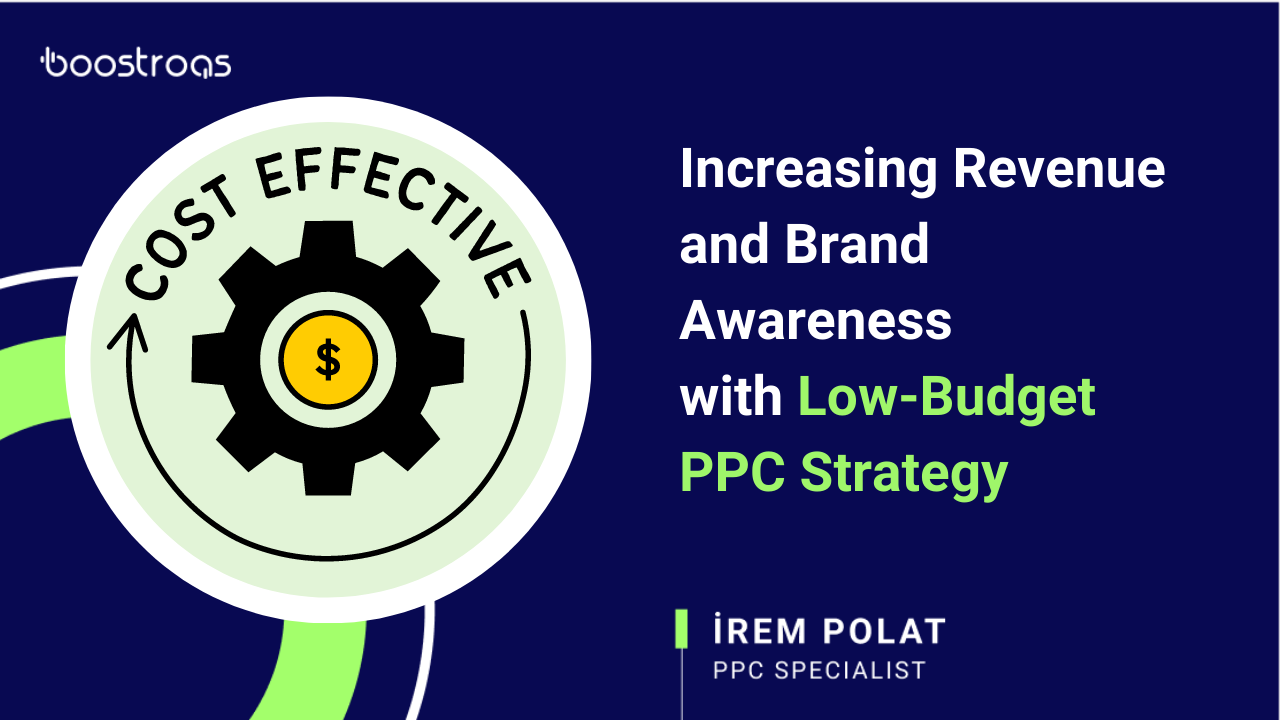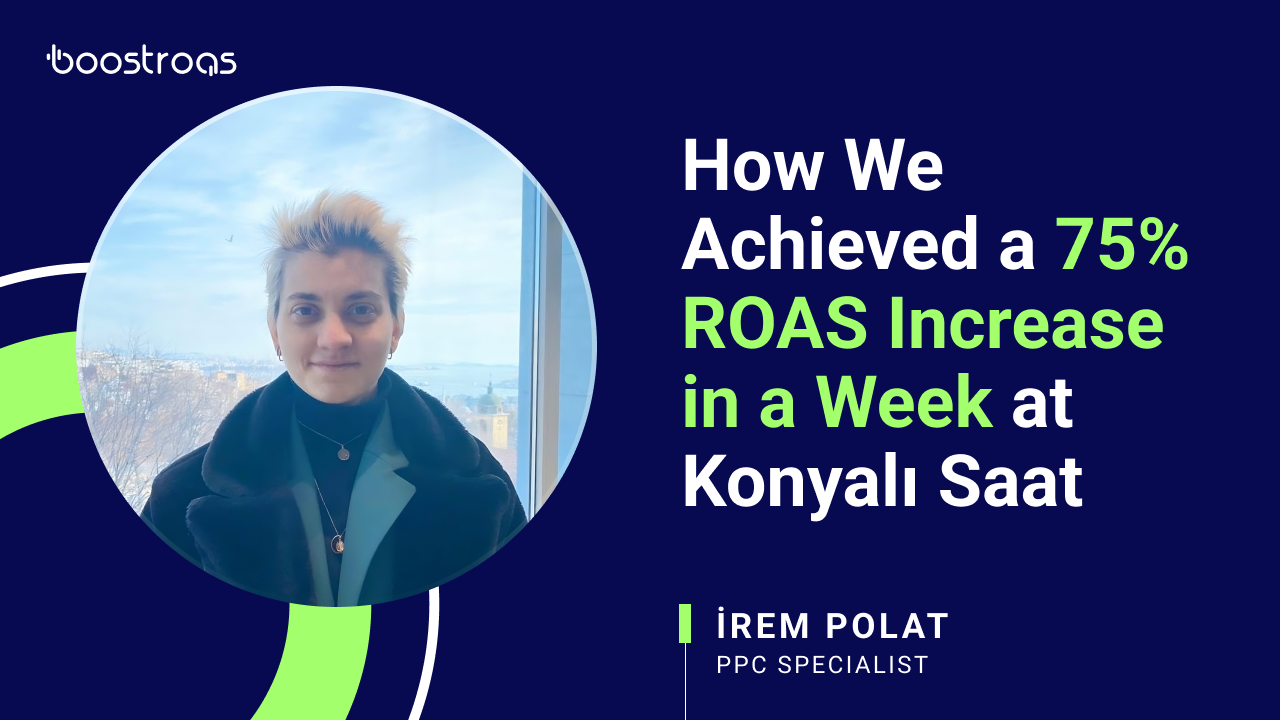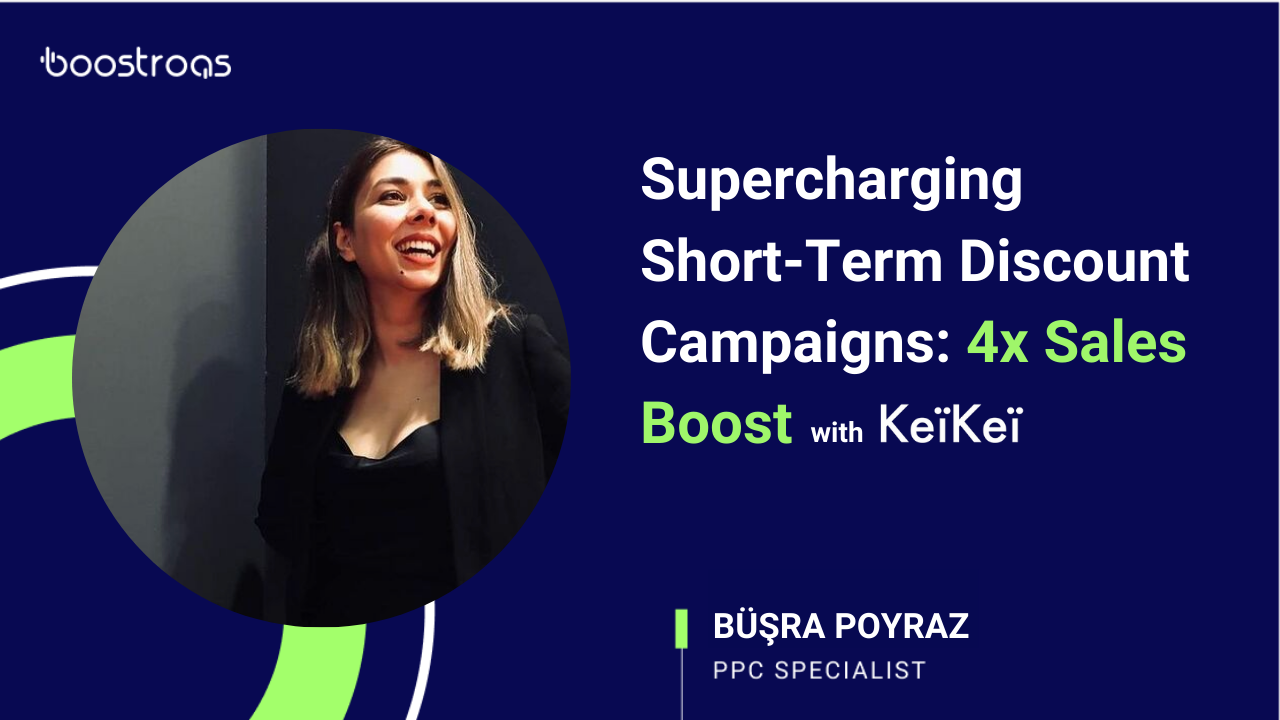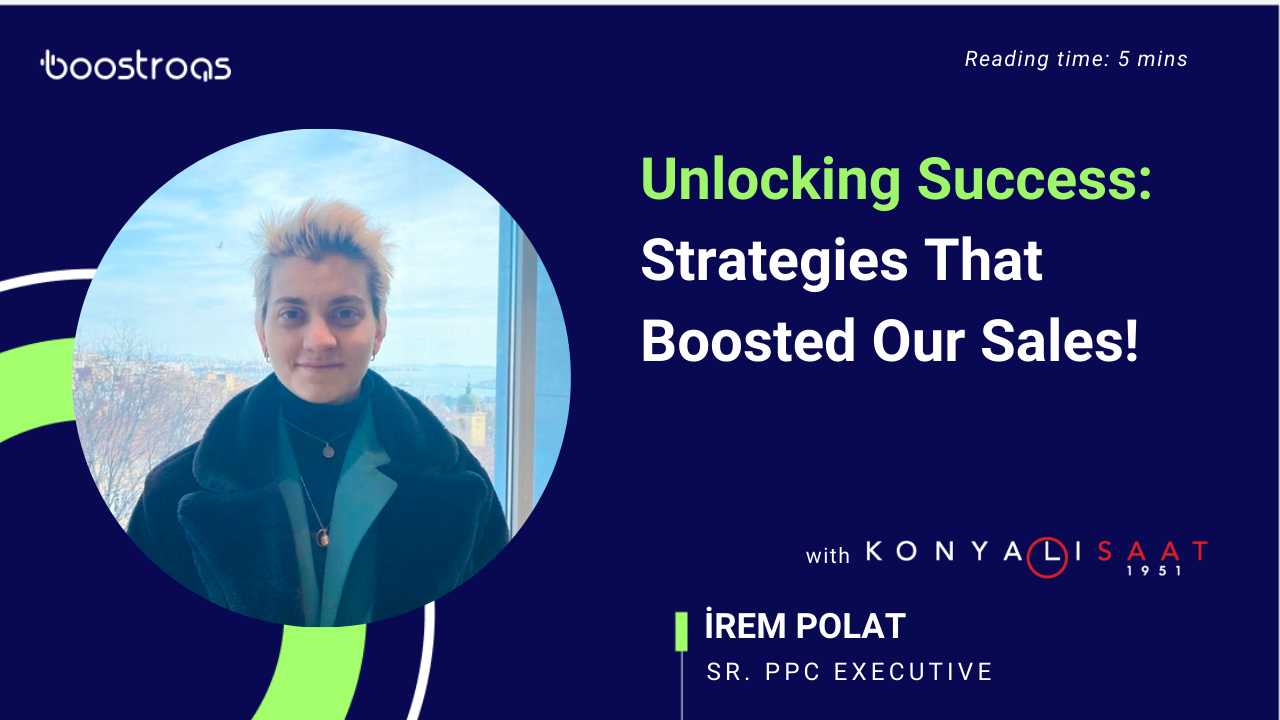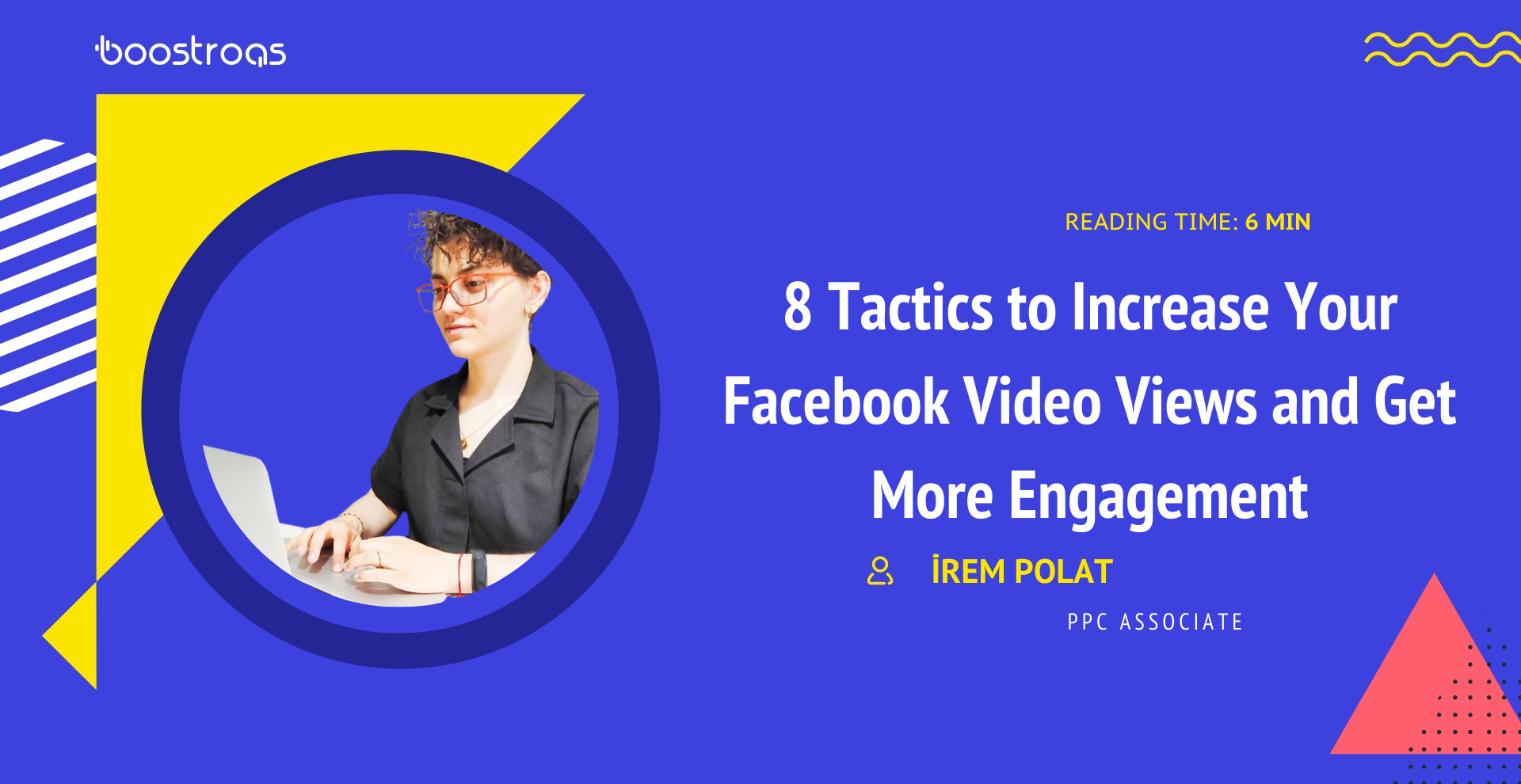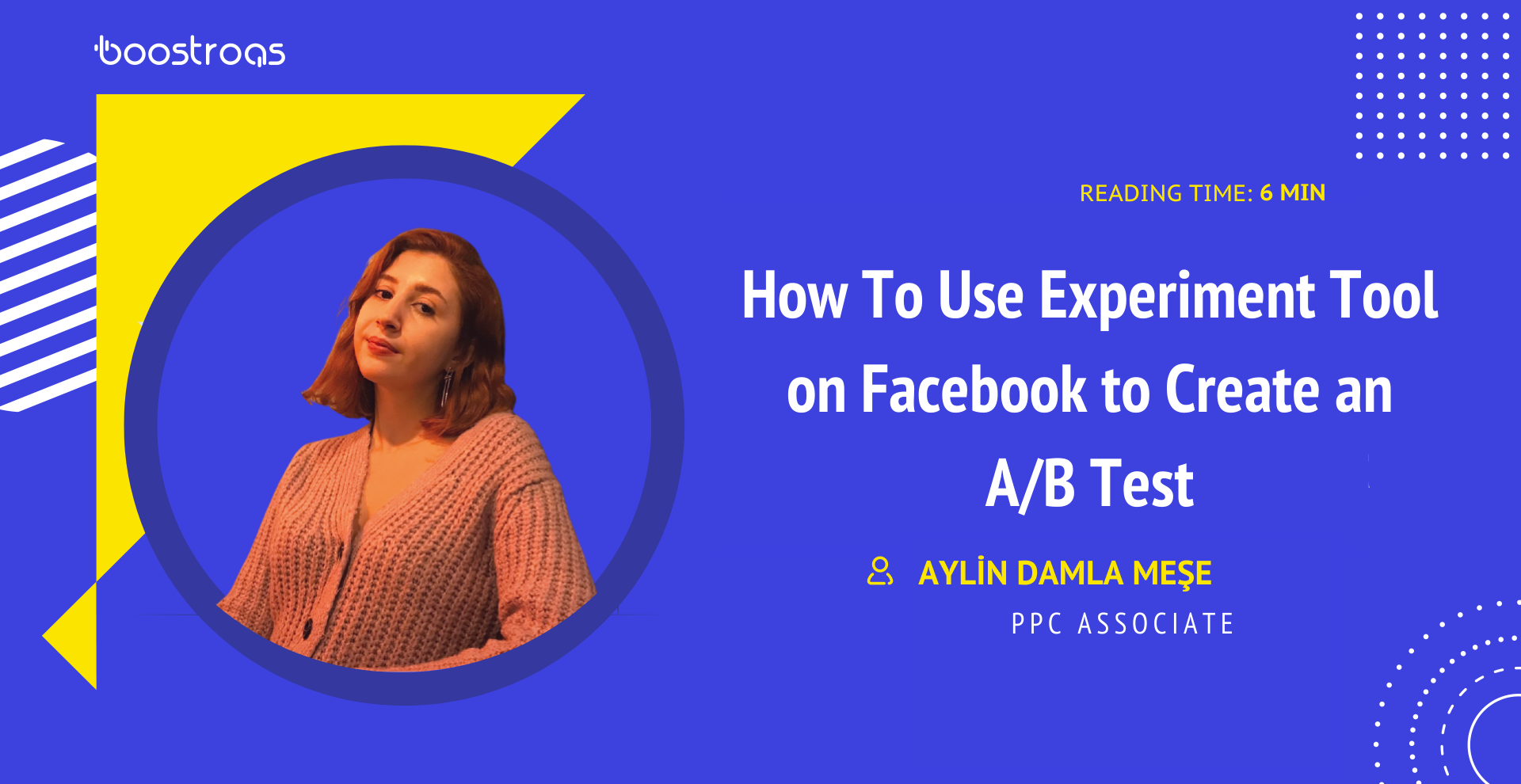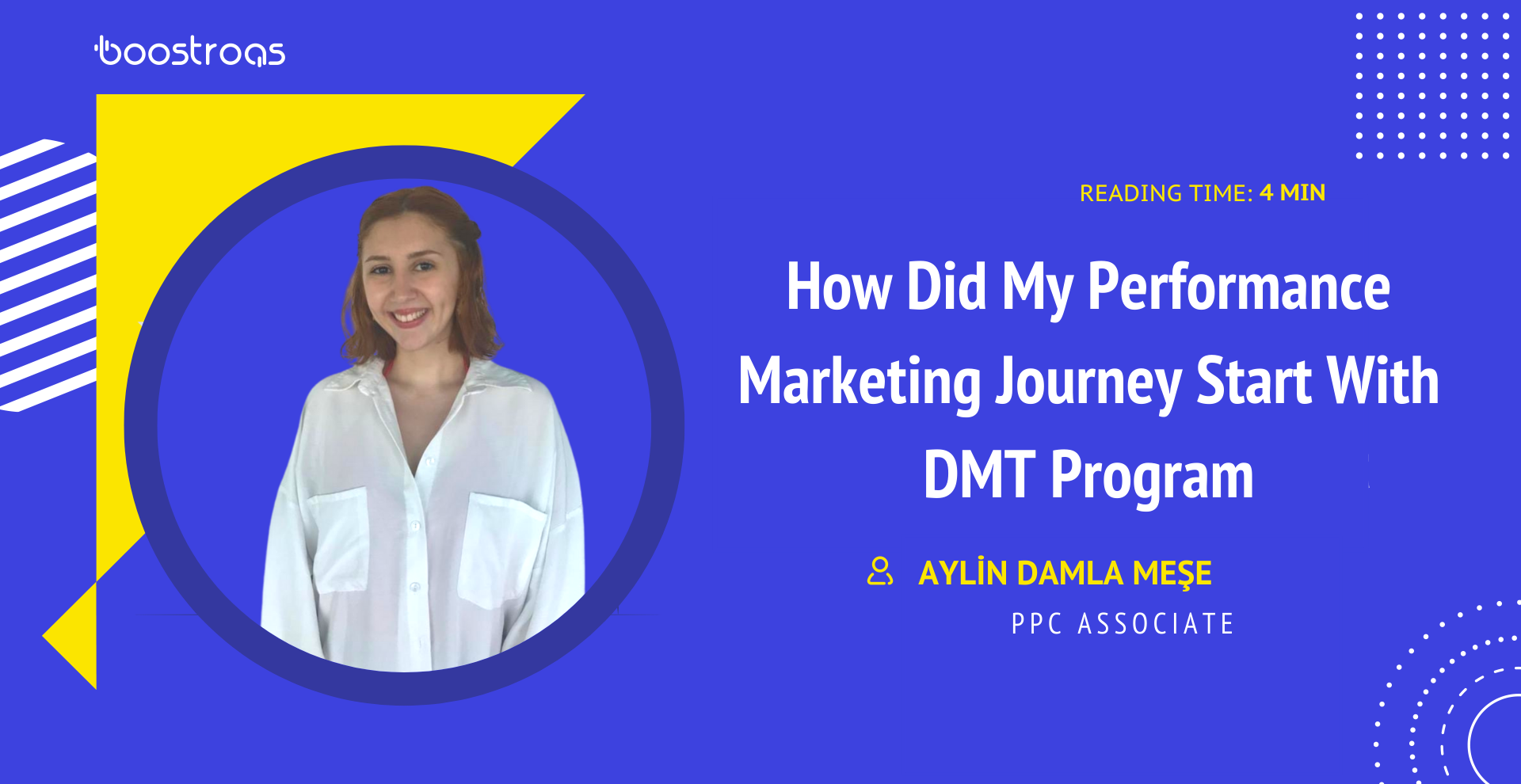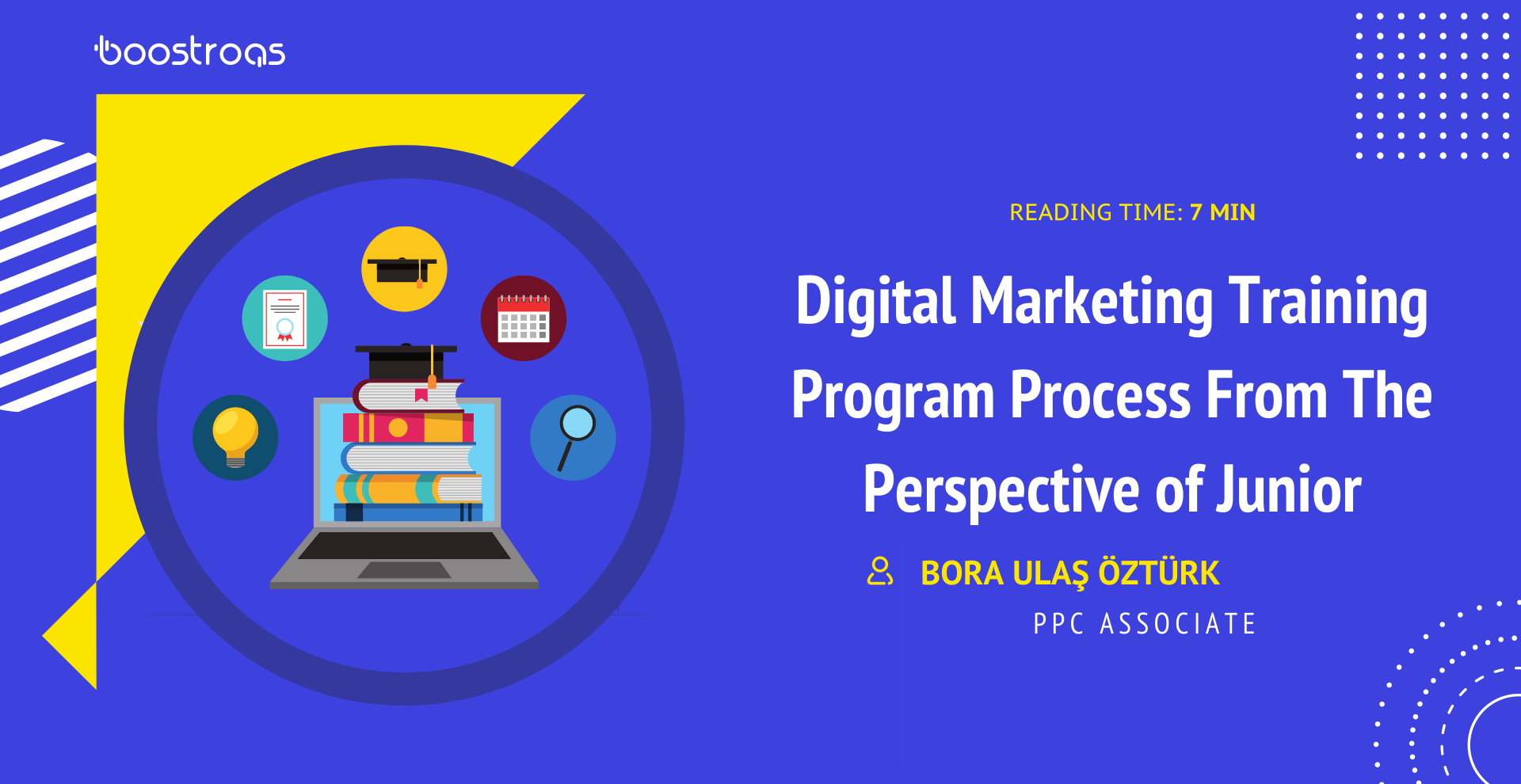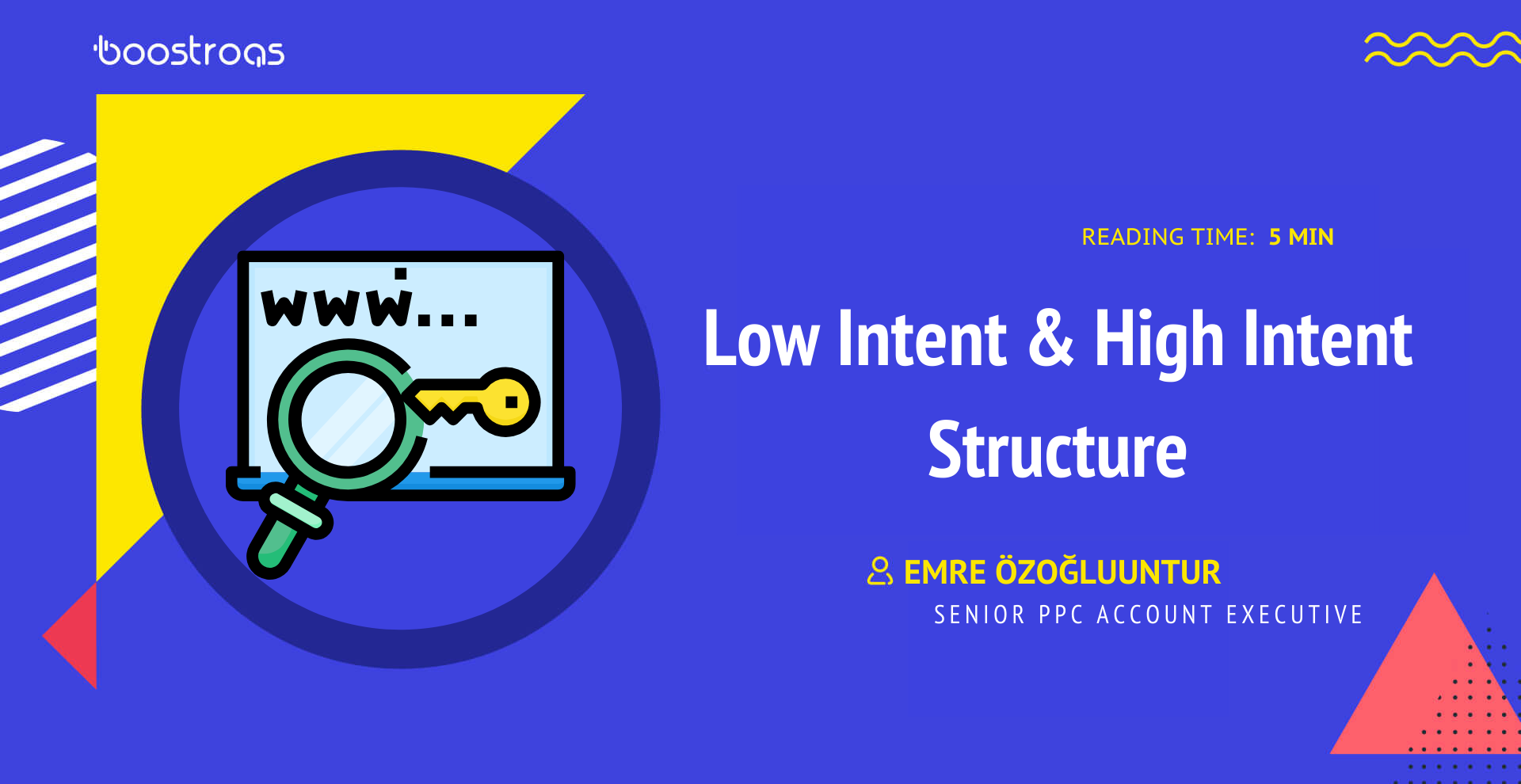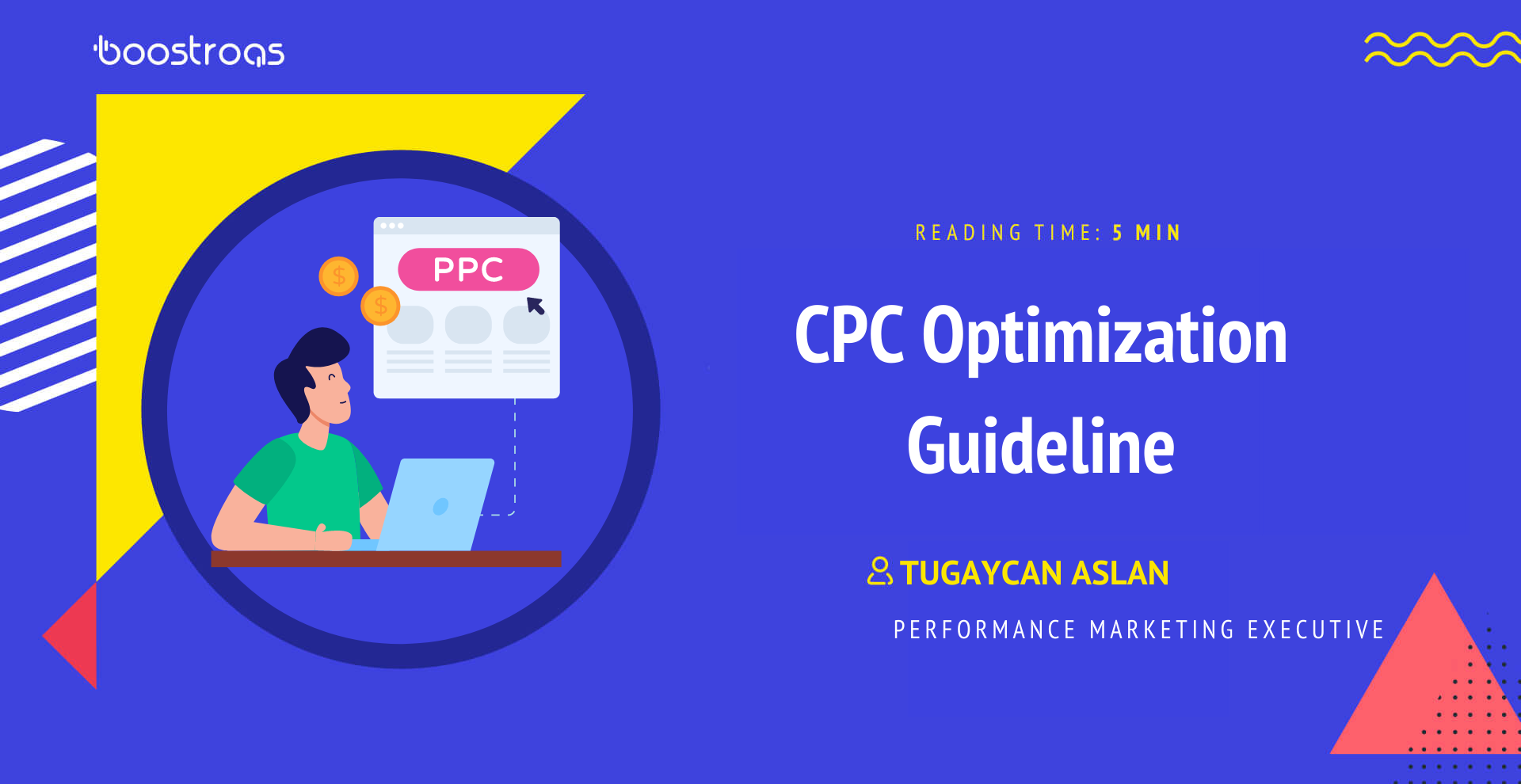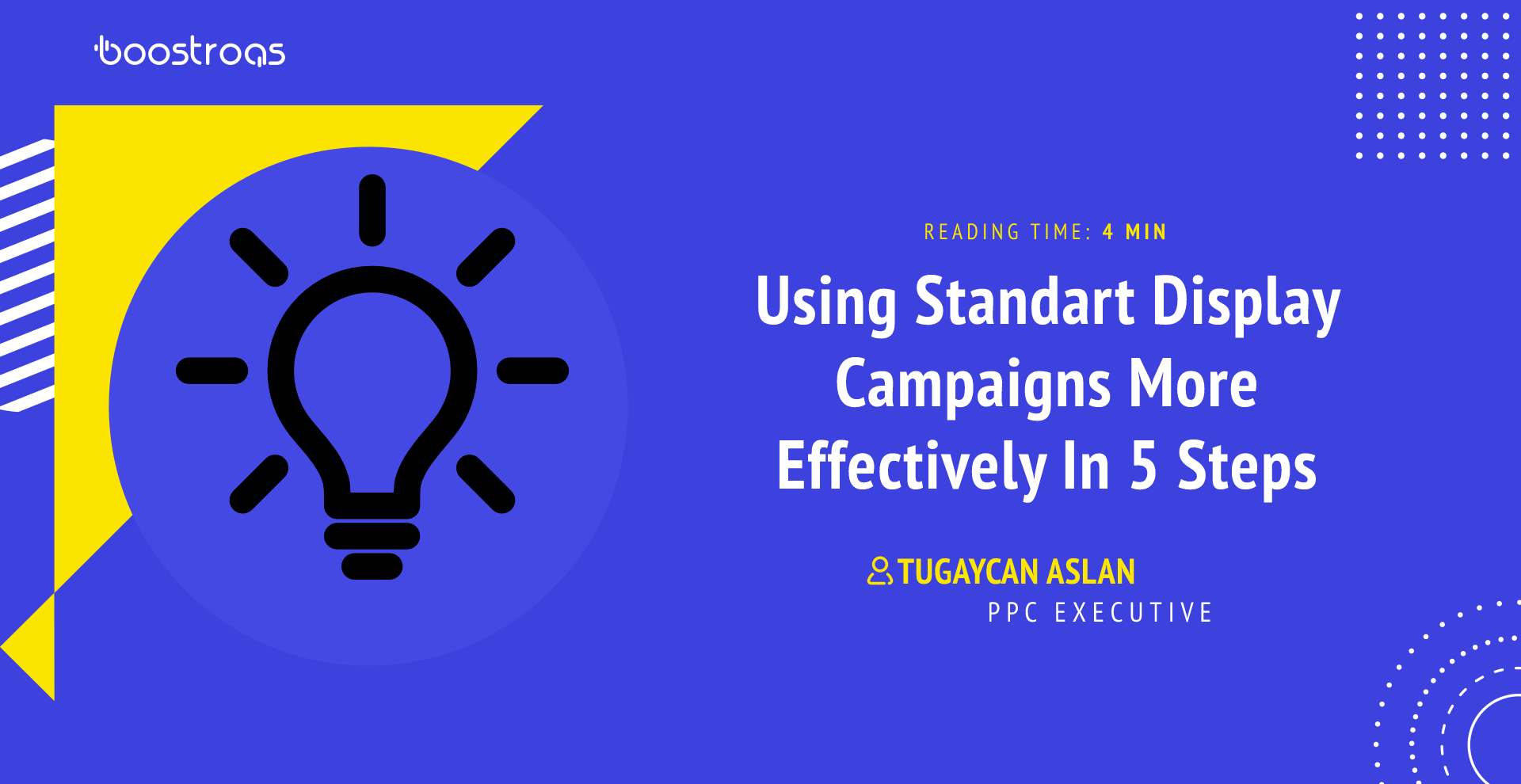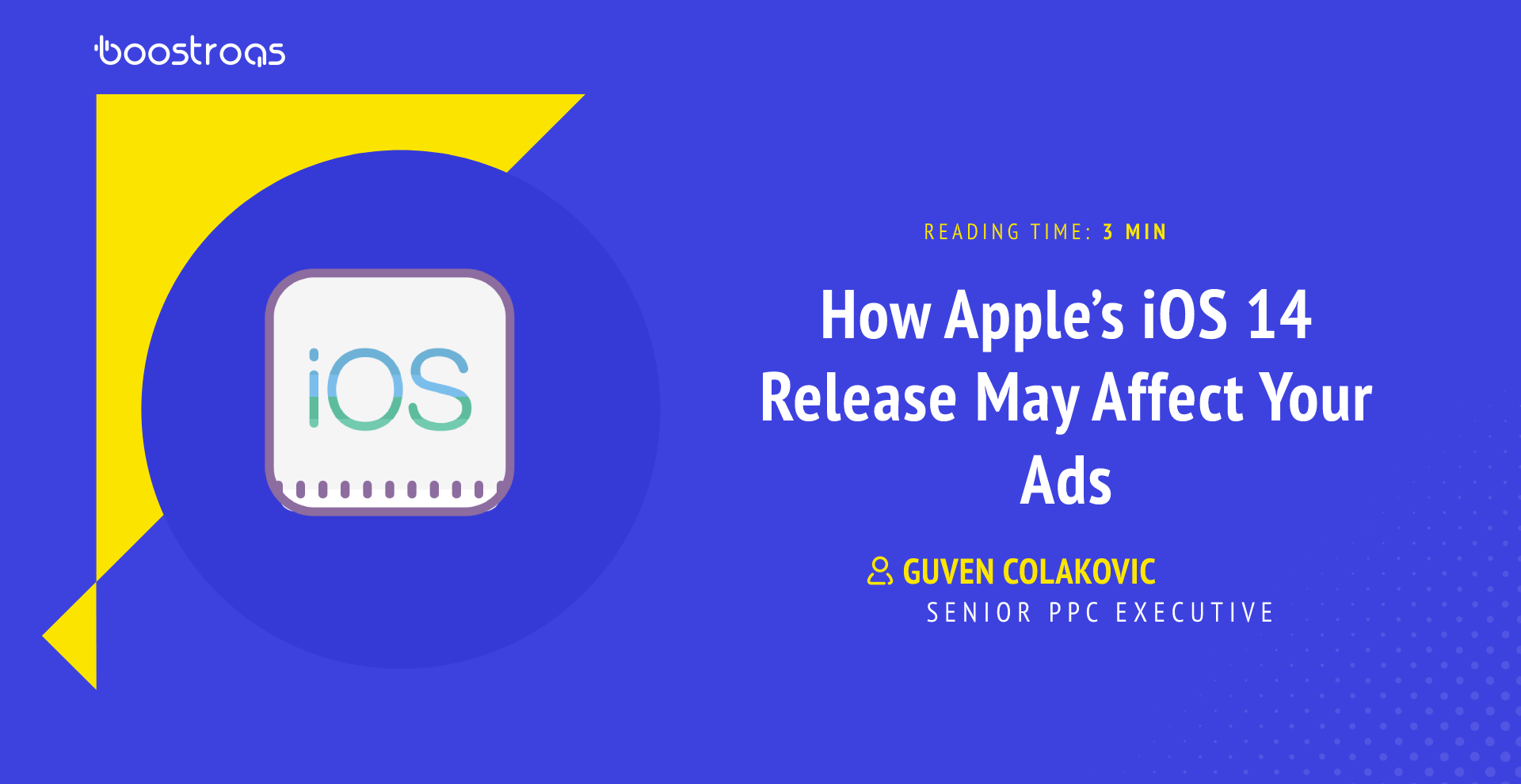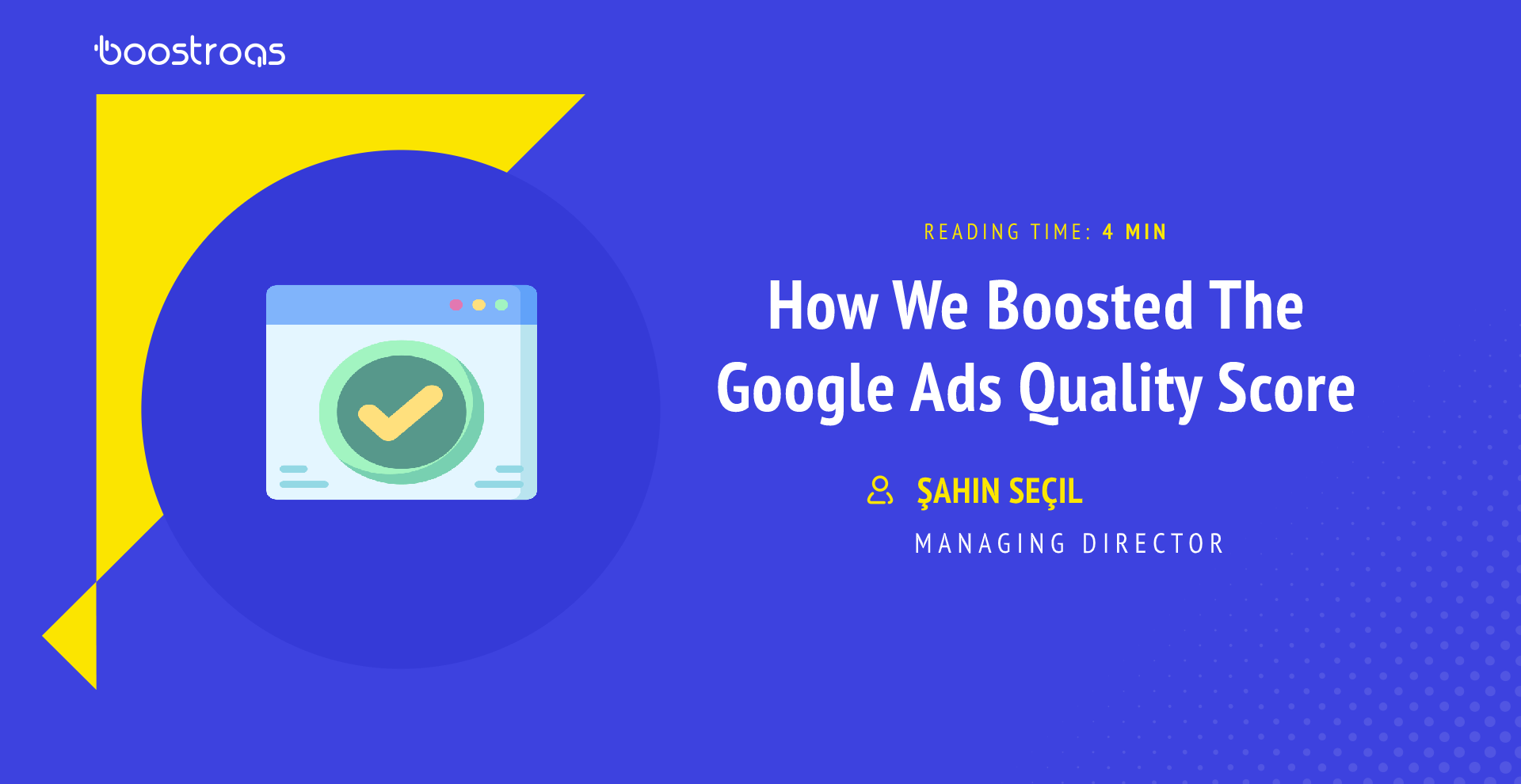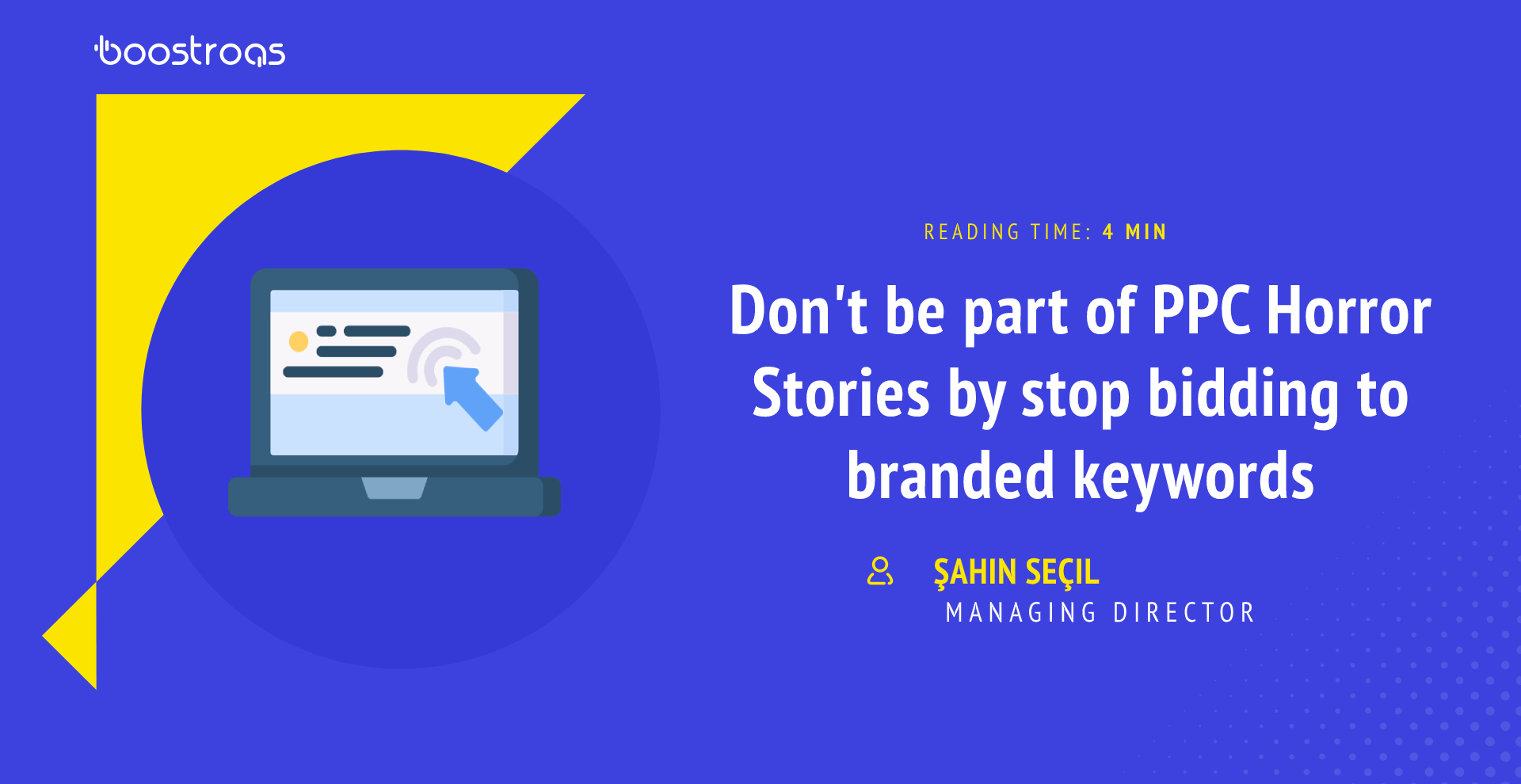Follow us :
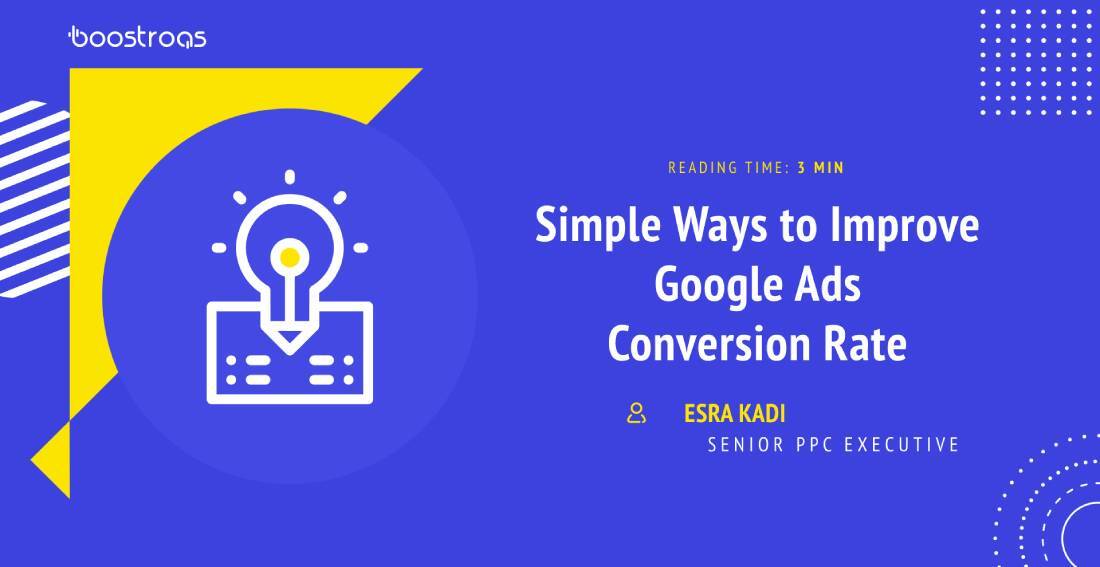
In Google Ads, we planned an optimization strategy for an e-commerce brand based on the conversion rate, which is essential for increasing ad effectiveness. Our campaign performance has increased by 10x as a result of this work. Following a brief explanation of what e-commerce rate is and how it is optimized, I’ll go into the details of our optimization.
The eCom rate metric gives us the rate of return of traffic to our website as a percentage of the transaction. It refers to the number of transactions per session.
Ecom rate: Transaction / Session
Regardless, since the metric calculation is based on sessions, factors such as advertising, collaboration and PR activities that bring users to our site or application have a high impact.
So, how should we evaluate the conversion rate metric in advertising, and how can we use it? ?
- Research Right Audiences
Our brand persona and value propositions help us reach the right audience and generate high-quality sessions. At this stage, the e-commerce rate metric is positively affected. The A/B test allows you to observe multiple audience performances simultaneously. As a result, we can reach a niche audience that is interested in our product with high session performance.
- Check Performance Across Devices
Strategy development can be based on the device. Depending on the user’s purchase journey, we can use the e-com rate metric with a strategy such as mobile targeting at the awareness stage, desktop targeting at the conversion stage, or vice versa.
- Analyzing Keywords
By micro-evaluating the campaign performance on a keyword basis, optimization studies can be carried out according to the e-com rate. You can group keywords according to their purpose.
- Review Your Demographic
In direct proportion to your target audience, demographic optimizations are a great way to increase conversion rates.
- Day Hour Optimization
When user behavior is examined, campaign performances vary depending on the sector, such as weekdays – weekends, or night and day. At this stage, performance can be optimized by optimizing time zones with low and high performance with bidding increase and decrease operations.
Our e-commerce rate optimization story is based on device performance. Here is our story;
Problem ⚠️
When we examined the account structure, we found that desktop CR were much higher than mobile devices but that there was not enough investment for desktop. This was the beginning of our CR optimization process.

Our Goal
To take advantage of the conversion rate strength on the desktop, we aimed to keep the conversion rate constant and increase the session. Our goal was to provide more sessions from desktop. On the mobile, our goal was to increase our conversions by increasing the CR rate.
Essential points to review before starting work:
- Do we have enough impressions for the desktop?
- What is the effect of the mobile platform on the desktop?
What did we do?
We analyzed the planned account on a campaign basis and identified the campaigns with a higher desktop conversion rate than mobile.
| Campaigns | Mobile CR | Desktop CR |
| A | 1.00% | 2.42% |
| B | 1.63% | 2.24% |
| C | 2.04% | 2.62% |
| D | 0.62% | 3.09% |
| E | 0.87% | 2.03% |
| F | 2.16% | 3.55% |
| G | 0.78% | 1.85% |
| H | 1.11% | 1.58% |
| I | 0.78% | 4.21% |
| J | 1.01% | 2.04% |
| K | 0.65% | 1.23% |
| L | 0.53% | 1.10% |
| M | 1.80% | 4.52% |
Here are the optimized points:
- Our current campaigns are divided into mobile and desktop campaigns
- In the campaign for Mobile, Desktop was negative. Tablet & mobile were both negative in the Desktop campaign.
- We changed the tracking method for mobile campaigns. Tracking was only targeted as a “transaction”. (addtocart+transaction tracking method in other campaigns)
- In the campaign for Desktop, maximize click and manual CPC bid strategy were used.
- Budgets were divided into 50%- 50% campaigns.
And Results ?
Desktop Results
During campaigns where desktop and mobile were running together, desktop campaigns did not receive a budget. Mobile was spending the budget faster. In this project; Desktop sessions, transactions, and revenue increased 10x.

Mobile Results
Our aim with the mobile device was to increase the low e com rate. During the campaigns where the optimization strategy was used, e com rate increased by 21%, transactions 500%, and our revenue increased 8x.






